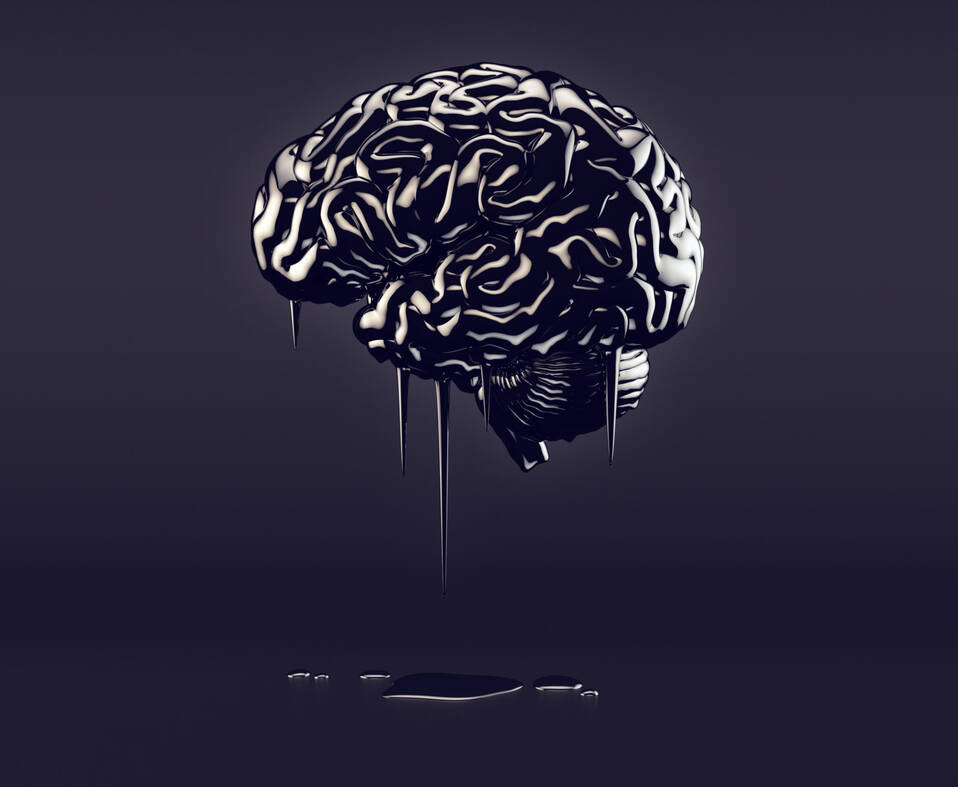Source: hrtechnologist.com
The impact of AI on modern work environments
It is not hard to find examples of how AI has transformed entire industries, from automating many parts of the car manufacturing industry to allowing automatic decision-making based on pre-set criteria in the stock market.
In fact, a recent study by IBM found that 76% of operations executives felt that increasing automation would have a positive impact on operational efficiency (IBM Corporation, 2017). This reflects the widely held view that AI must work hand-in-hand with human intelligence and skills for maximum benefit.
The HR function itself is no stranger to AI. In general, the HR function has embraced the benefits of software to automate labor-intensive HR processes within the employee lifecycle. Examples include time and attendance tracking and payroll processing, which many companies have automated for a couple of decades.
But it is only more recently that organizations are recognizing the opportunities to invest in AI to further their company’s HR strategy. Combining AI with irreplaceable employee skills and experience can offer organizations a competitive advantage in a crammed marketplace. A great example of this is in the field of diversity and inclusion, and using technology to reduce the likelihood of bias or discrimination in an organization.
The case for an inclusive working environment
Before we consider how AI has the potential to promote a more inclusive work environment, let’s discover why it matters so much.
The organizations of today’s modern world operate in a global environment. No longer confined to a marketplace within their geographical area, the world is their oyster in terms of engaging with new markets and potential customers, thanks to the internet and faster, more reliable air travel. As a result, smart businesses must embrace the creation of a multi-dimensional workforce that reflects the makeup of its markets in terms of gender, race, age, sexual orientation, and other characteristics. It is quite simply the right thing to do—offering opportunities to individuals based purely on merit, skill, and hard work.
Of course, there is a regulatory aspect as well—many countries operate laws relating to diversity, and therefore, an organization that can demonstrate their commitment to the issues confidently will ensure compliance in this area.
Specific ways AI can promote inclusion
Technology has a vitally important role to play in advancing the diversity agenda in an organization. One of the highest impact ways is ensuring an inclusive approach to recruitment.
Human bias can take different forms, whether intentional or unintentional. This can have devastating effects on the inclusivity of the recruitment process. AI can help enormously with this, by implementing consistent and fair assessment and screening criteria using simple keyword technology to ensure that candidates are shortlisted based on their skills and experience only.
Technology can also help job advertisements to appeal to a wide demographic of potential employees by looking at response history data, and subsequently writing job descriptions that are inclusive and appeal to a diverse range of applicants.
Through the looking glass: the future of an inclusive workplace
We have come a long way in terms of embracing how AI can partner with human capital to make tangible efficiency gains throughout the workplace. But there are so many opportunities to take this further in the future. For example, work is underway to extend the use of technology that removes user bias when processing payroll or using performance appraisal matrices.
AI also has the potential to use historical data within HR software systems to create profiles based on culture, using leadership and communication styles and giving organizations insights to help them create more inclusive and better-informed policies and HR processes.
AI within the workplace is not only here to stay, but is set to accelerate the pace of change across organizations and industries as a whole. It is how it works in partnership with the other part of the puzzle, human skill and intelligence, that will determine how successful it will be in reality.


